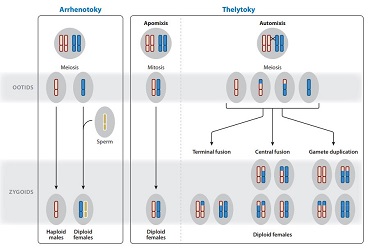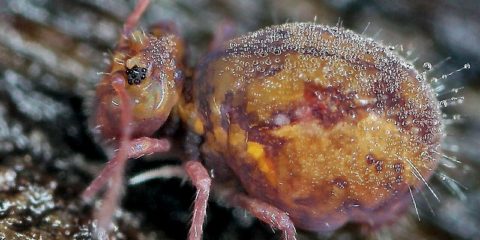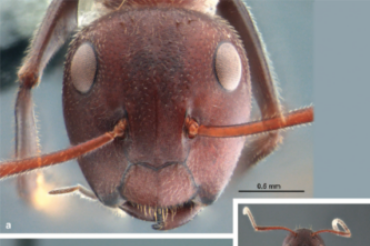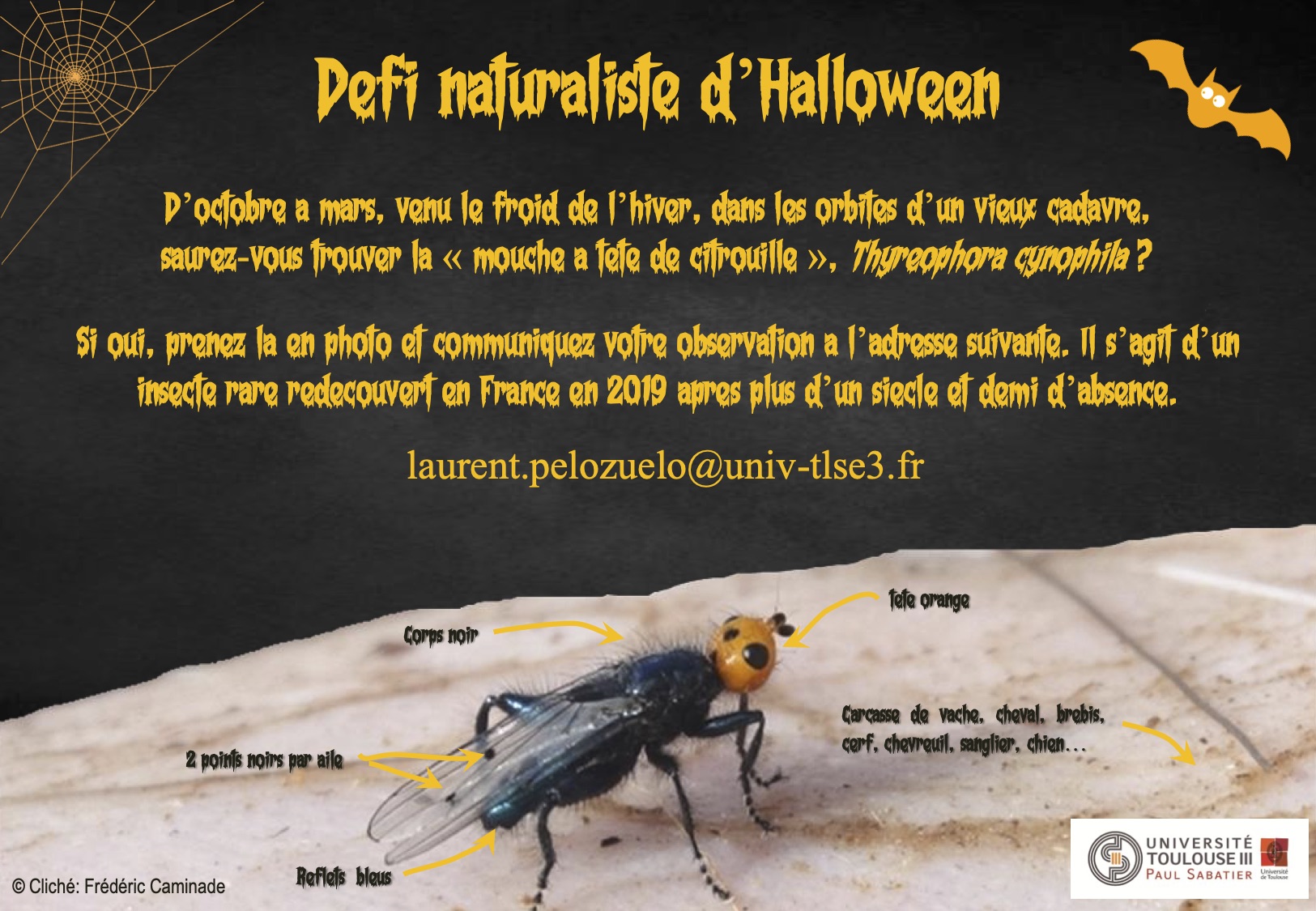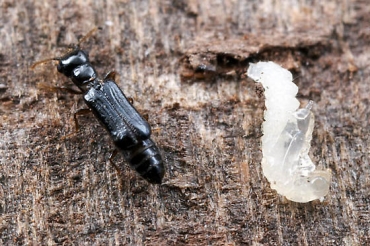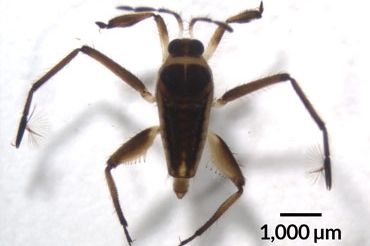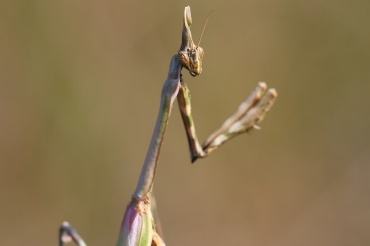by Benoit GILLES In order for them to multiply, nature has endowed living organisms with a wide diversity of reproductive systems. In insects, one of these strategies is parthenogenesis. This is based on the development of individuals from unfertilized gametes, thus without the need for fertilization. This strategy is interesting for more than one reason:…
Tag: biology
Collembola: small mysterious insects
By Philippe GARCELON Presentation I call myself Philippe Garcelon and now lives in the Toulouse region. I was born in a small village in Cantal and in the 1960’s and 70’s, a lot of my distractions were just nature escapades. I was already starting my first insect collections. Unfortunately I will leave my “playground” for…
Be versatile or specialize? The choice of flowers and their pollinators
By Vincent ALBOUY Specialization/Generalism Specialization is defined as physical, biological and/or behavioural adaptation to a small group of partners. Bryona dioica (Bryona dioica), a wild Cucurbitaceae, flowers in spring in hedges and wastelands. Its greenish-white flowers attract various collectors. Among them, a small blackish bee marked with red, andrène de la bryone (Andrena florea), visits…
Colobopsis explodens: a detonating ant!!
In the already surprisingly diverse world of ants: morphology, behaviour, adaptation and ecology (read these articles Cataglyphis ; Atta ; Eciton ; Cephalotes ; Force), is added the description of a new species to the capacity of the most singular, that of being able to be literally exploded as a means of defense ! Described…
Insect Vision – Part 3: Physiological receptors, colours and polarization
The eyes (vision), in their diversity of form and structure, allow any organism (invertebrates and vertebrates) to collect light energy (photons), convert it into electrical energy which will then be transmitted to the brain via neurons where it will be analyzed and interpreted to give birth to a mental representation of the environment to the…
Thyreophora cynophila : the unlikely return of the orange-headed fly!
Thyreophora cynophila Thyreophora cynophila had not been observed < 160 years ago than the orange head of a fly specimen ! This species of the family Piophilidae (photos below), described in 1798 by the botanist and entomologist G.W.F. Panzer (1755-1829), had last been observed near Paris in 1840. Its presence had previously been recorded in…
The incredible life cycle of Micromalthus debilis!
Micromalthus debilis, an Archostemate (smallest suborder of beetles – 50 species) of North American origin does not seem to have evolved for several tens of millions of years : it is the only known living representative of the Micromalthidae family. Although the species displays archaic morphological characters, its development cycle is both complex and singular,…
Ephydra hians: the diving fly of Mono Lake
Summer, the shores of Mono Lake in California are invaded by millions of small flies. The density is such that it sometimes reaches in places more than 2000 flies on the surface of a postcard, for a total population estimated at more than 100 billion individuals. These flies belong to a species: Ephydra hians (Ephydridae).…
Evolution and adaptation in Rhagovelia bedbugs
Genes at the origin of new traits giving access to a new environment chez la punaise Rhagovelia (Heteroptera, Gerromorpha, Veliidae) Evolutionary innovations result in the appearance of new structures or behaviours during evolution (ex lien), a coloration pattern in butterflies (lien). The theory predicts that these events of appearance are unique to each innovation and…
The Mantodea: synthesis on these insects
By Nicolas MOULIN The mantises, a fascinating group of insects known to all for their voracity (some would say their cannibalism), are visible almost everywhere in the world. Only the poles and very high altitude environments do not support species. Elsewhere, they occur from the African deserts to the wet and relatively virgin areas of…

